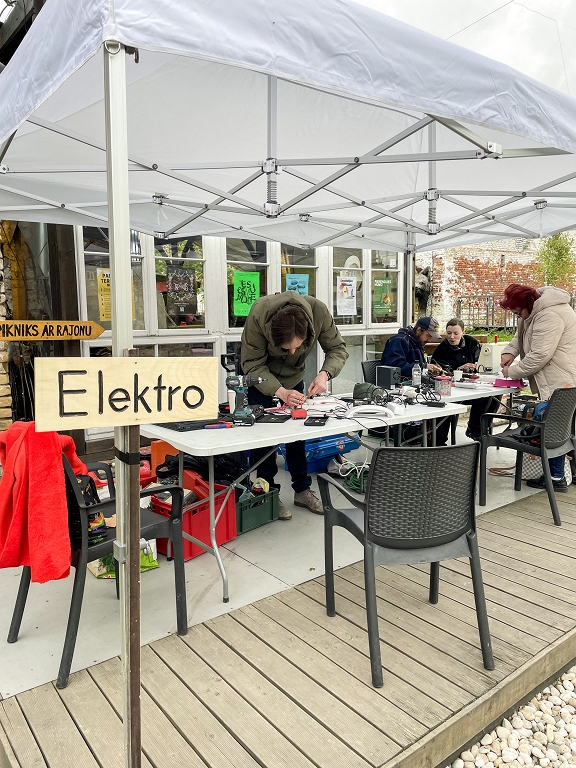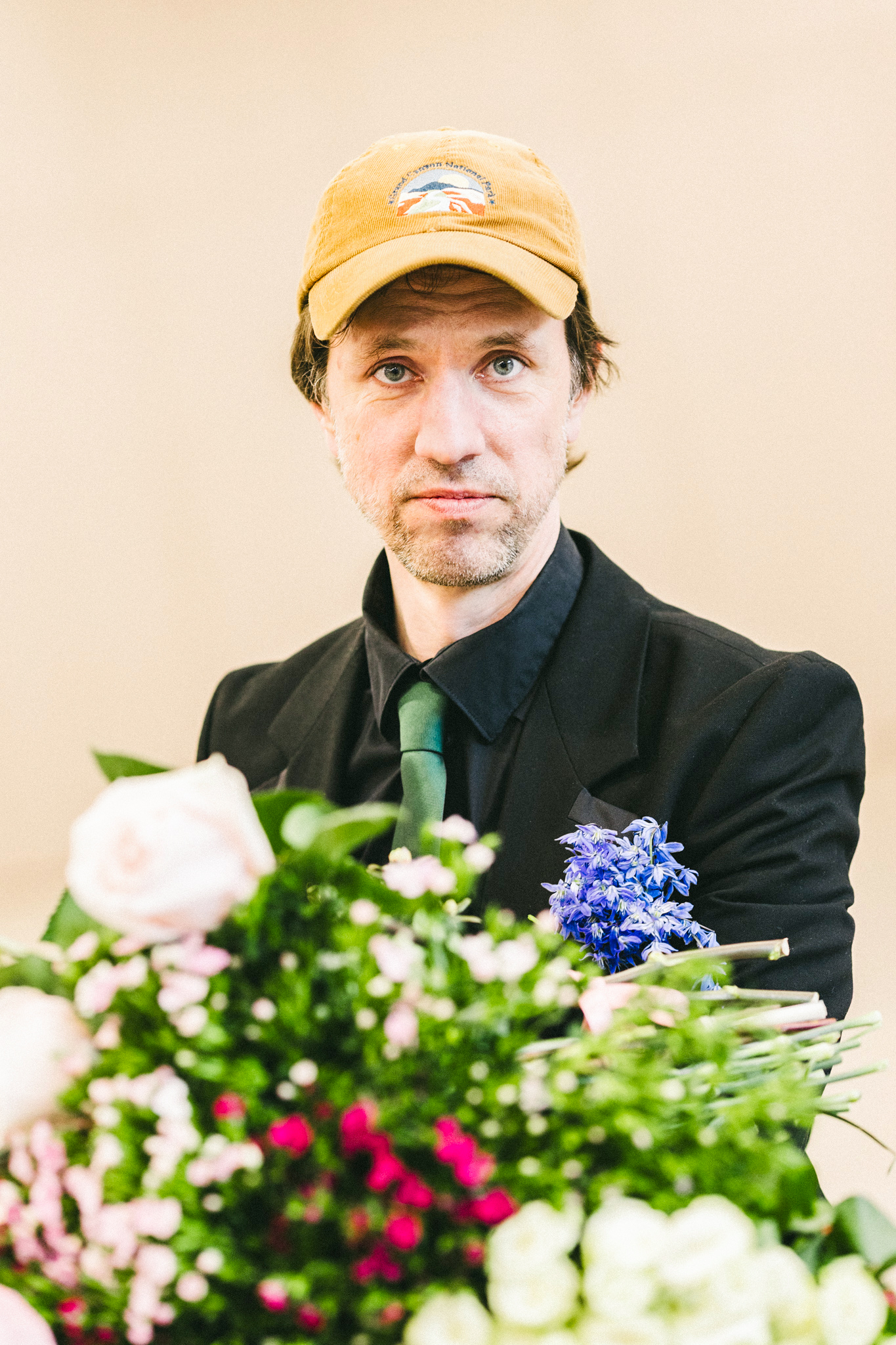Repair instead of instantly throwing / day

Million tons of household waste are created in the world every year, and according to the World Bank, this volume can increase by another 70%by 2050. Much of these waste is repairable – electrical appliances, clothing, furniture, household items – which, due to technical flaws or the convenience of the user, is simply thrown away.
Need an urgent solution
In today’s world, the circulation of goods has become faster than ever – things are purchased, used and thrown even because they are no longer valid, but have only gone out of fashion or have emerged younger. In the European Union, each resident generates on average about 530 kilograms of municipal waste per year, and about 80% of all environmental contamination is directly related to the production, use and destruction of goods. For example, electronic waste is the fastest growing category of waste – according to Eurostat In 2022, each EU resident generated an average of 11.5 kilograms of this type of waste, only part of which was collected for appropriate recycling. The situation in Latvia is not much better.
One of the main problems is precisely difficult to recyclable or early aging items – electrical appliances, clothing, furniture, dishes. They could often be repaired, but there is a lack of skills, motivation and the ability to do so economically. At the same time, the resource used for the production of new goods is huge – up to 70% of the life cycle of CO2 emissions produces directly at the production phase, not in use or utilization, of course, depending on the type of product.
Correction as a global movement
In this context, the culture of the correction and sustainable use of cases, which offers an alternative, is particularly topical, not to be removed. The practical expression of this approach, or initiative born as early as 2009 in the Netherlands, is repair café Or things repair workshops where anyone can repair a broken electrical device, clothing or furniture with voluntary assistance from skilled craftsmen or enthusiasts. The pioneer of this movement was Martine Postma – a journalist and an environmental activist wanted to fight excessive consumption and saw many people thrown away things that could be repaired. She organized the first correction workshop as an experiment that has quickly been responsive, and now such initiatives are already developing in many parts of Europe, such as information on the founding organization on the website shows that by the end of 2024, at least 40 countries, including Germany, USA, UK, France, Japan and elsewhere, were registered. The events usually take place in community centers, libraries, cultural houses, schools. They are both organized and, under the auspices of some non -governmental organizations, etc., are attended by volunteers – electricians, seamsters, computer specialists, craftsmen. The emphasis is also on the transfer of knowledge – people learn to fix things themselves or bring broken things together to be repaired free of charge.
French example
In France, in the year 2021, the so -called anti -waste index has been adopted, which promotes the availability of repairs and information on the repair of the devices (Repairability Index). The repair index is a point system from 0 to 10, which is shown on the packaging or online. It is applied to five widely used electrical appliances – smartphones, laptops, TVs, washing machines and electric lawn mowers – and allows buyers to assess how easy the device can be repaired: whether repairs will be available, The initiative aims to reduce the amount of electronic waste and to promote both consumer awareness and manufacturers’ liability for their product life cycle.
Enthusiasts in Latvia as well
Repair cafe The initiative is also active in Latvia for a while. In 2012, the first examples and communities appeared in which people chose not to throw, but to give things a second life, and the first event was organized. But a few more years passed before the Dutch volunteering began Repair Cafe Riga, Who has already become a registered association.
In Riga Repair cafe The events take place on the first Sunday of each month, mainly in the Lastadia Quarter, but the Society activists also participate in various other public events in the capital and elsewhere in Latvia. In these workshops, volunteers help to repair a variety of items – from home appliances to clothing. In addition to repairs, lectures, discussions and film watching are often organized to promote a sustainable lifestyle and community cohesion.
One of the pioneers of the movement in Latvia and Repair Cafe Riga Krišjānis Zariņš, Member of the Board, is most often present in case fixing events and seems to have become one of the best -known masters in Riga, including Eco Baltic Environment in the Electrical Engineering Workshop Lab!and Riga Energy Agency circulation in the economy space Collector.
Most often people want to repair electrical appliances. Unfortunately, it is mostly cheap techniques, and modern manufacturers make it such that it is difficult to repair or lack the details, the body is not opened and there are other problems. « Many people find it more profitable to buy new things, but in reality it is more profitable to buy those who can serve if not forever, as long as possible, » Krišjānis has observed. He believes that the ability to repair something and the process of acting is an expression of creativity, not just economically beneficial and environmentally friendly. For example, last year he made a new electric cargo bike. He has acquired technical knowledge, both in practice – things as disrupting, putting it together – and in the study process.
Meditative patching
Alongside the electrical goods repair stand Repair Cafe Riga Usually there is also a textile correction corner. If necessary, both the button can be sewn and sewn. The most popular clothing defects are skinny trousers. Those who are unable to operate with a sewing machine will help you put the thread into the device and show you how to work with it. In turn, patching with sewing is quite soothing. Of course, we will not get the heels of worn socks nowadays unless it is a particularly close to the heart, but for example, a spot on a favorite shirt to sew a decorative application or farewell to excess kilograms, narrowing the waist of the dress – why not?
Interestingly, very different people come to repair – both young and old. Of course, not everyone has skills and knowledge, and the use of damaged, incorrectly repaired electrical equipment can be dangerous, so the advice of a qualified master is useful.
But the most important thing is the change of thinking both when shopping and things using and planning what to do with them when they are no longer served to us.








